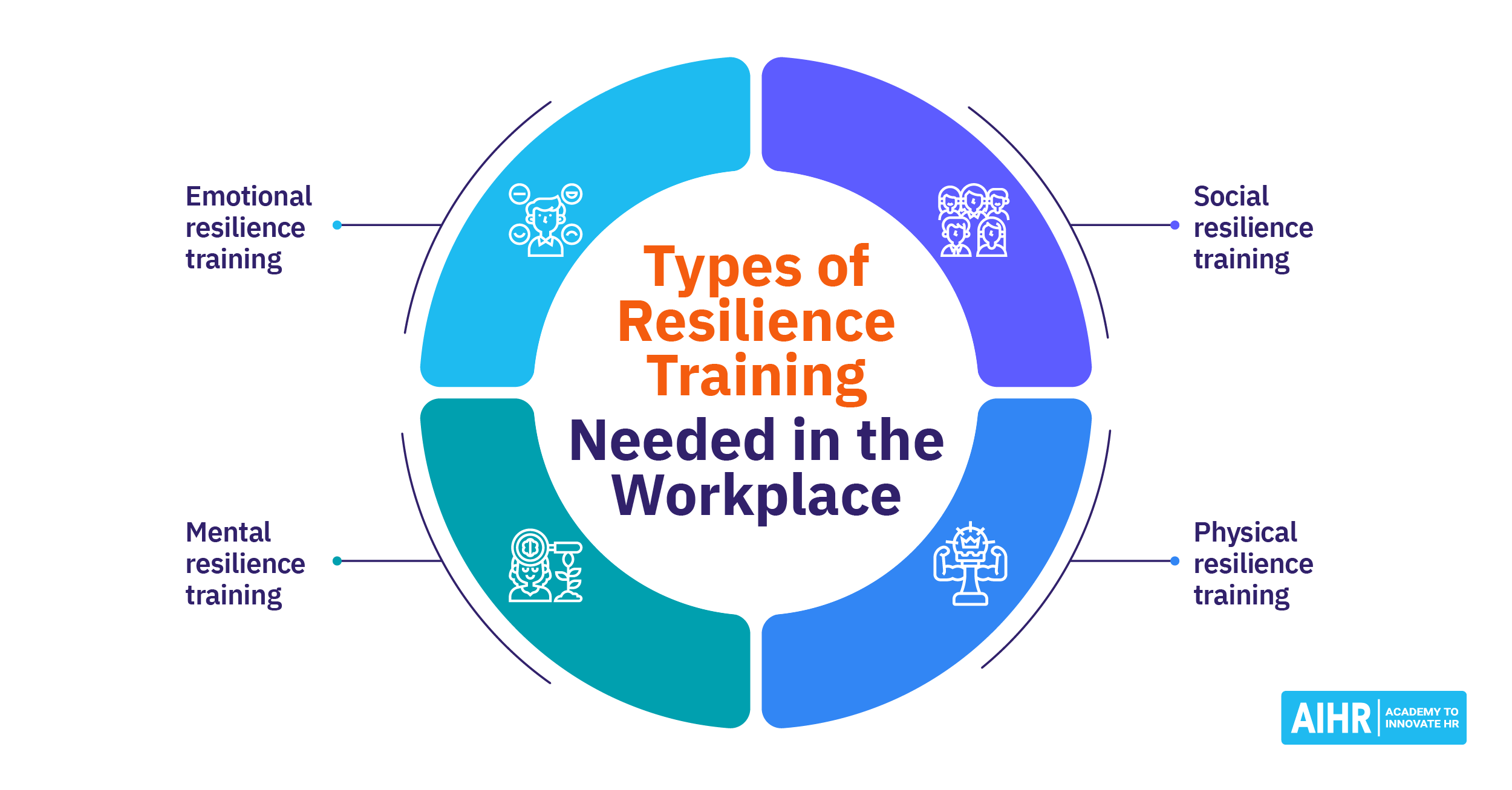The AI Landscape: US And China Outpace Middle Eastern Competitors

Table of Contents
US and China's AI Supremacy: Funding and Infrastructure
The dominance of the US and China in the AI landscape stems from massive investments and robust technological infrastructure. This creates a significant hurdle for Middle Eastern countries aiming to compete.
Massive Investment in R&D
Both the US and China have poured billions into AI research and development. This commitment is evident in:
- Government Initiatives: The US has initiatives like the National Artificial Intelligence Research and Development Strategic Plan, while China has its national AI development plan, aiming for global leadership by 2030. These plans involve substantial funding allocations.
- Private Sector Investment: Tech giants like Google, Microsoft, Amazon (US), and Baidu, Alibaba, Tencent (China) are heavily investing in AI research, development, and deployment, fueling innovation at an unprecedented pace.
- Quantifiable Differences: While precise figures for Middle Eastern AI investment are difficult to obtain, they pale in comparison to the hundreds of billions invested by the US and China. This difference in scale directly impacts the pace of technological advancement.
Robust Technological Infrastructure
The US and China boast advanced computing infrastructure crucial for AI development:
- Data Centers and Cloud Services: Extensive networks of data centers and cloud computing platforms provide the processing power needed for training complex AI models. Companies like AWS, Google Cloud, and Azure (US) and Alibaba Cloud and Tencent Cloud (China) dominate this space.
- Talent Pool: Both countries have a large pool of highly skilled AI researchers, engineers, and data scientists, attracting talent globally. Top universities contribute to this robust talent pipeline.
- Infrastructure Gap: In contrast, many Middle Eastern nations face challenges in building the necessary data centers and high-speed internet infrastructure, hindering AI development. The shortage of skilled professionals further exacerbates this problem.
The Middle East's AI Aspirations: Challenges and Opportunities
Despite the challenges, the Middle East possesses immense potential in the AI sector. However, addressing certain key issues is crucial.
Talent Acquisition and Development
The Middle East faces a significant brain drain, with skilled professionals seeking opportunities elsewhere. This requires:
- Investment in STEM Education: Strengthening STEM (Science, Technology, Engineering, and Mathematics) education from a young age is vital to cultivate a future generation of AI experts.
- Attracting and Retaining Talent: Creating competitive salaries, research opportunities, and a supportive environment are crucial for attracting and retaining skilled AI professionals.
- Regional Initiatives: Collaborative initiatives between universities, research centers, and governments can create specialized AI training programs and attract foreign investment in education.
Data Availability and Privacy Concerns
Data is the fuel for AI, and the Middle East faces challenges in data accessibility and privacy regulations:
- Data Silos and Accessibility: Data is often siloed across different government agencies and private companies, hindering its use for AI development.
- Data Privacy Regulations: Strict data privacy regulations can limit data sharing and collaboration, crucial for training effective AI models.
- Data Governance Frameworks: Implementing robust data governance frameworks that balance privacy concerns with the need for data accessibility is crucial for fostering AI innovation.
Government Support and Policy
Government policies play a crucial role in shaping the AI landscape:
- Comparing Government Support: The US and China actively support AI development through targeted funding, tax incentives, and regulatory frameworks. Middle Eastern governments need to adopt similar strategies.
- Incentivizing AI Adoption: Offering tax breaks, grants, and subsidies for AI research, development, and deployment can encourage private sector investment.
- Regulatory Frameworks: Creating clear and consistent regulatory frameworks that address data privacy, intellectual property, and ethical considerations is vital for fostering trust and promoting innovation.
Specific Examples of US and Chinese AI Advancements
The technological leap made by the US and China is evident in various sectors:
- Self-Driving Cars: Companies like Tesla (US) and Waymo (US) are leading the autonomous vehicle revolution, while Chinese companies are making significant strides in this field.
- Medical Diagnosis: AI is being used to improve the accuracy and speed of medical diagnoses, with significant advancements in image analysis and disease prediction from US and Chinese researchers.
- Facial Recognition: Chinese companies have made significant progress in facial recognition technology, with applications in security and surveillance. US companies are also at the forefront of this technology, albeit with more ethical considerations.
Conclusion
The US and China currently hold a significant lead in the global AI race due to substantial investment in R&D, robust infrastructure, and a large pool of skilled professionals. The Middle East faces challenges in talent acquisition, data availability, and government support, but possesses the potential for significant growth. To bridge the gap and become significant players in the global AI landscape, Middle Eastern nations need to prioritize investments in AI research and development, cultivate a skilled workforce, address data privacy concerns, and implement supportive government policies. Understanding the current AI landscape is the first step towards achieving this goal. Let's work together to foster AI innovation across the Middle East.

Featured Posts
-
 Friday 18th April 2025 Daily Lotto Winning Numbers
May 07, 2025
Friday 18th April 2025 Daily Lotto Winning Numbers
May 07, 2025 -
 April 12th Lotto Draw Check Your Numbers Now
May 07, 2025
April 12th Lotto Draw Check Your Numbers Now
May 07, 2025 -
 Papez Francisek Na Trgu Sv Petra Blagoslov In Pozdrav Mnozici
May 07, 2025
Papez Francisek Na Trgu Sv Petra Blagoslov In Pozdrav Mnozici
May 07, 2025 -
 Death Of Jailed Street Racer Highlights Orphaned Girls Plight
May 07, 2025
Death Of Jailed Street Racer Highlights Orphaned Girls Plight
May 07, 2025 -
 Ldc Resilience Key Outcomes From The Third Future Forum
May 07, 2025
Ldc Resilience Key Outcomes From The Third Future Forum
May 07, 2025
Latest Posts
-
 Rogue One Stars Surprising Take On Fan Favorite Character
May 08, 2025
Rogue One Stars Surprising Take On Fan Favorite Character
May 08, 2025 -
 Unexpected Insights A Rogue One Actor On Fan Favorite Character
May 08, 2025
Unexpected Insights A Rogue One Actor On Fan Favorite Character
May 08, 2025 -
 A Rogue One Star Shares Thoughts On Beloved Character
May 08, 2025
A Rogue One Star Shares Thoughts On Beloved Character
May 08, 2025 -
 Rogue One Actor Reflects On Popular Character
May 08, 2025
Rogue One Actor Reflects On Popular Character
May 08, 2025 -
 Path Of Exile 2 The Mystery Of The Rogue Exiles
May 08, 2025
Path Of Exile 2 The Mystery Of The Rogue Exiles
May 08, 2025
